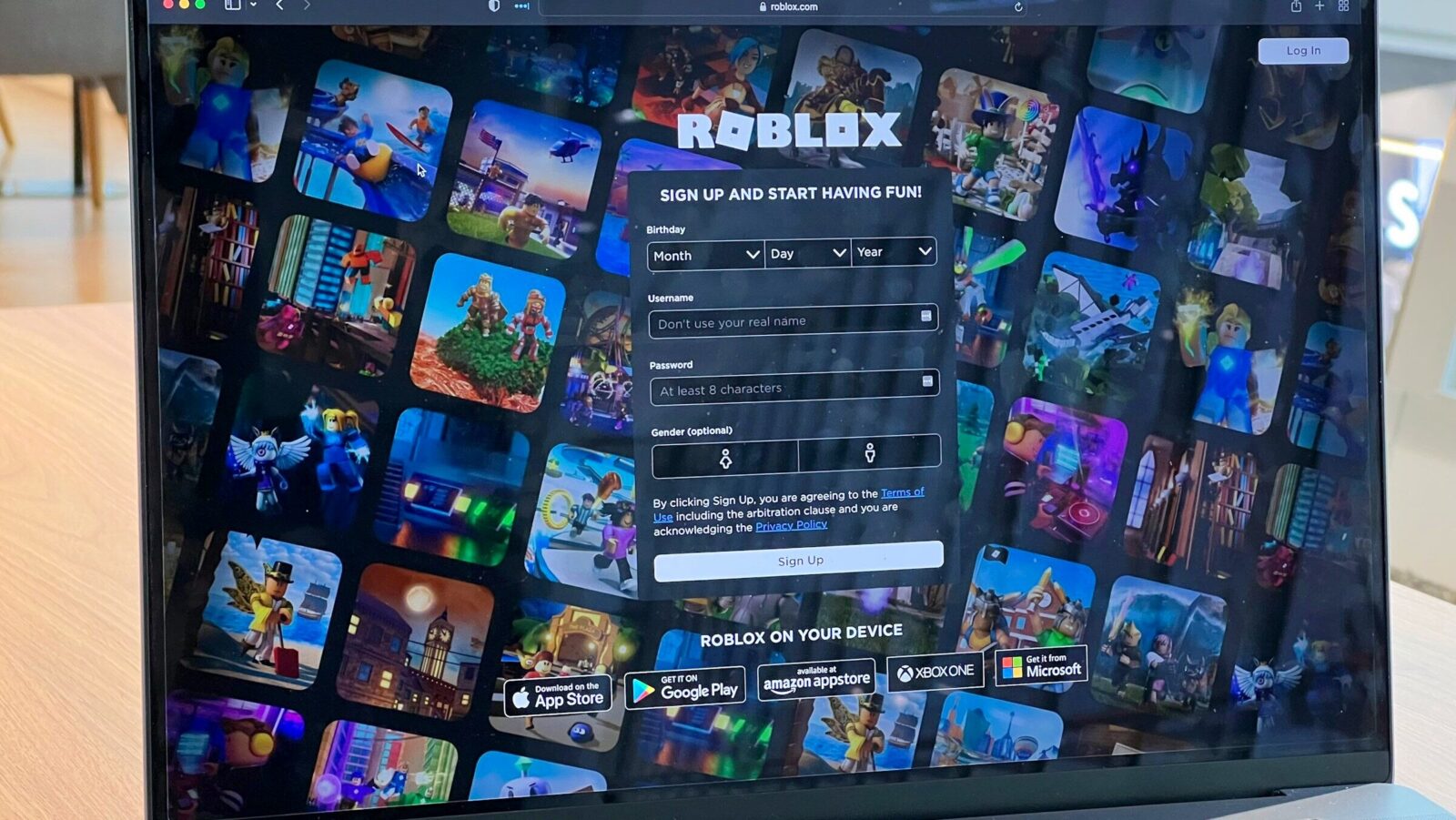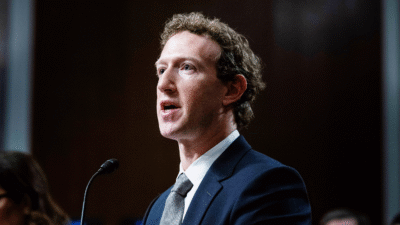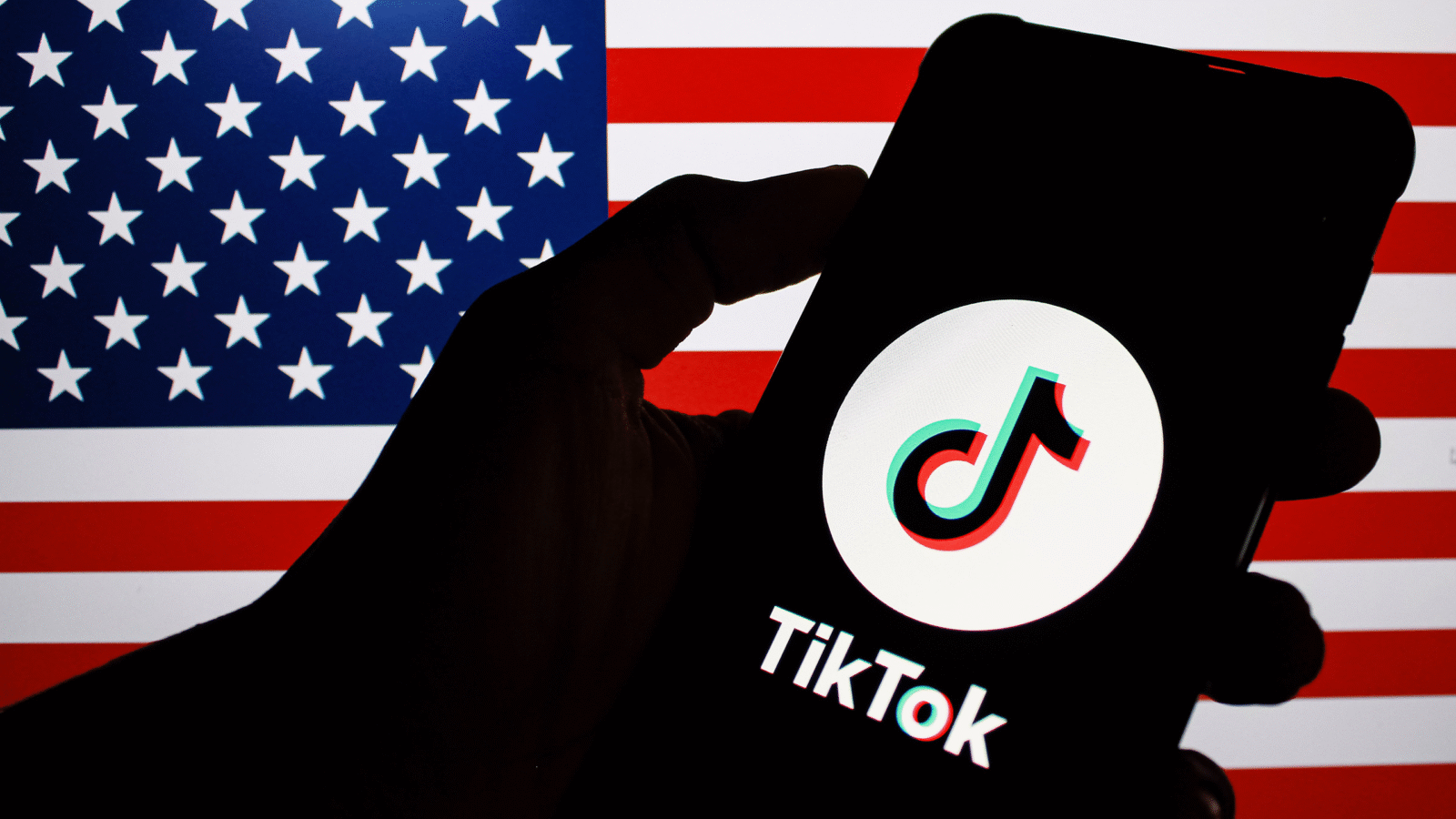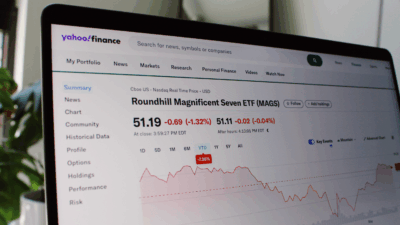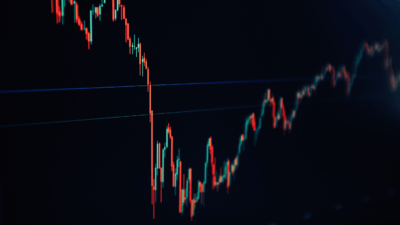TikTok’s Booming Growth Isn’t What it Used to Be
As politicians kick around the idea of a US ban, the popular social media platform is having growth struggles.
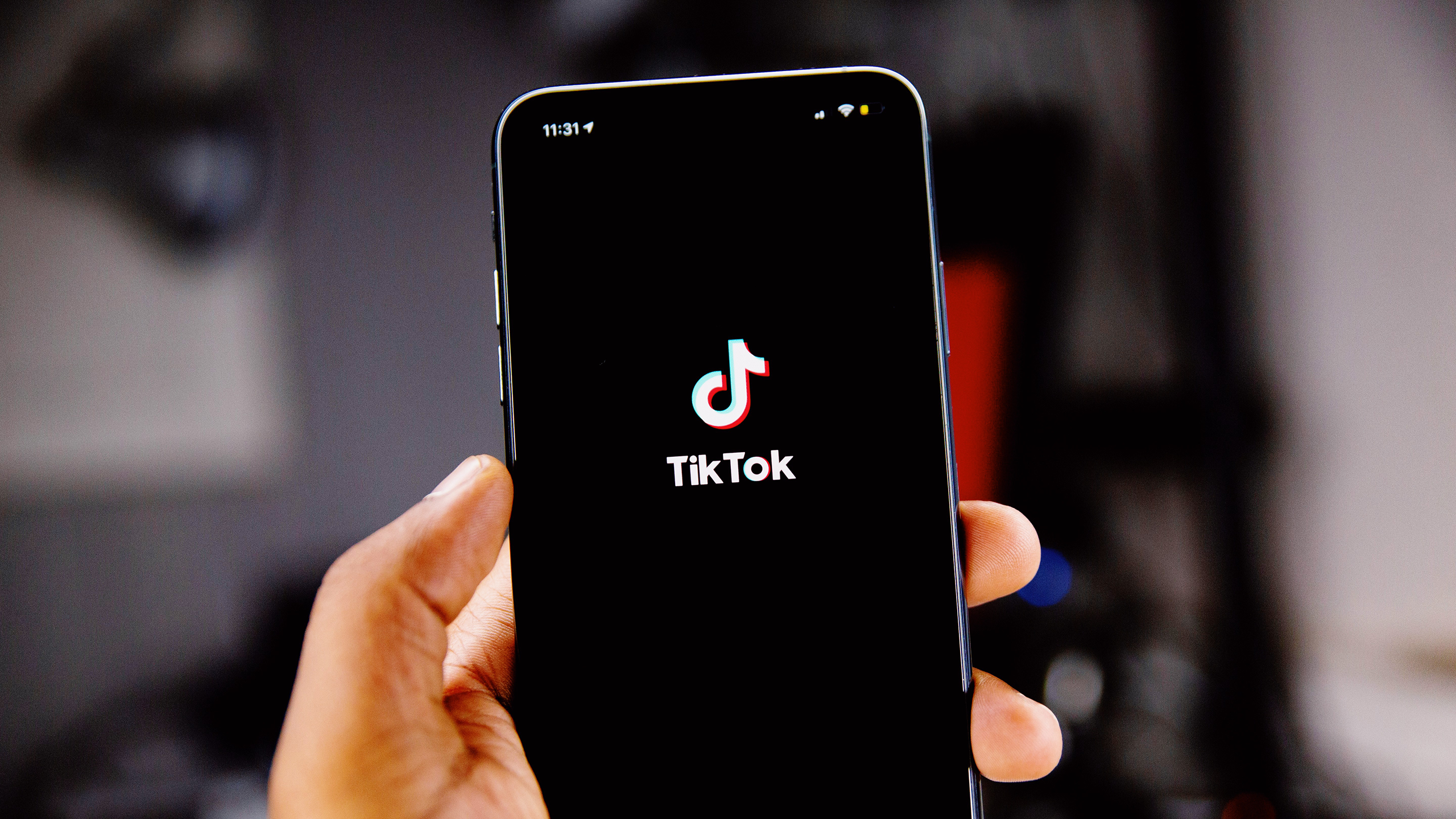
Sign up for smart news, insights, and analysis on the biggest financial stories of the day.
Judging from all the pearl-clutching surrounding a possible ban on TikTok in the US, one might think the Chinese-owned social media platform is an indestructible juggernaut and that all of humanity is destined to spend every nonsleeping hour on the app.
The reality is that TikTok isn’t even the world’s biggest social media app – or second, third or fourth biggest. Depending on how and when you scrape the data, it’s the fifth- or sixth-most popular social media site — a little more popular than, say, LinkedIn, but nowhere near Facebook and its 3 billion monthly active users. And as a mere mortal, TikTok is subject to the same changing whims and growth trajectories as any other company.
Reality Bites
Lately, as The Wall Street Journal reported on Sunday, that trajectory appears to be slowing:
- According to the WSJ’s sources, TikTok is still gaining users but nearly as many users are quitting the app. The platform’s US average monthly users aged 18 to 24 declined by nearly 9% from 2022 to 2023, according to Data.ai numbers cited by the WSJ. And they’re not necessarily leaping to other social media sites. Some of them are — get this — choosing to focus more on life and work!
- That’s not an inviting trend for TikTok’s advertisers, who were drawn to the platform because of its huge pull with the younger generation. Indeed, TikTok CEO Shou Zi Chew’s disclosure to Congress in January that the app was growing massively among people over age 35 stoked some internal debate, the WSJ said, because nothing signals “we are no longer cool” than becoming the stomping grounds of people born before Bill Clinton was president.
Reelin’ in the Users: Even more proof of the “TikTok’s just a company” concept is that it now faces more competition. Progress has been slow, but Meta’s Instagram Reels short-video copycat feature is contributing to the point that “daily time spent” on Instagram grew 10% over the past year, compared with just 1% on TikTok. Reels also may benefit from TikTok’s battle with Universal Music Group, which for now has resulted in removing all music by Universal artists (we’re talking Taylor Swift here) from any TikTok videos. Partnership spats? Yep, that’s just more normal-company territory.
